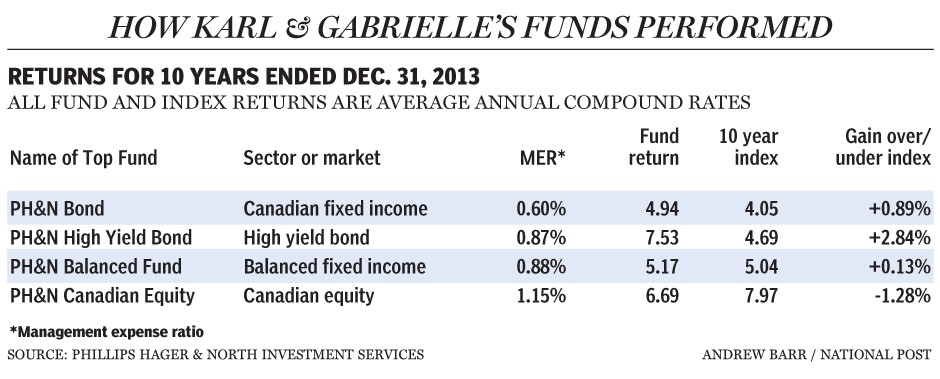Mutual fund investors should beware of style drift
Post on: 14 Июль, 2015 No Comment

Many investors rely on the advertised style of a portfolio manager as a credible sign of his or her investment strategy, but managers often have a tendency to stray from these self-declared mandates, resulting over time in “style drift.”
As a result, mutual fund investors may not always get what they expect from their investments, but there are ways to know when style drift is occurring.
To be fair, it’s debatable whether style drift detracts from a portfolio’s overall performance. But if a value manager suddenly loads up on growth stocks, or a small-cap fund goes large, investors should take note to consider whether the shift means they’re still meeting their long-term investment objectives.
There have been numerous studies over the years assessing the impact of style drift on portfolios. One analysis in 2004 concluded that more style-consistent funds outperform less style-consistent funds, particularly in rising markets.
However, Russ Wermers, a finance professor at the University of Maryland’s Robert H. Smith School of Business, said in a 2010 paper that many managers who have high levels of style drift also deliver better future returns as a result of their trades.
“Overall, our findings suggest that controlling the style drift of a fund manager does not necessarily result in higher performance for investors,” he said.
Mr. Wermers said that style, whether it’s small-cap growth funds, large-cap value funds and/or momentum funds, has become an important way for mutual funds to market themselves over the past few decades.
Based on his research, drift can occur when managers actively modify the style of their investing habits, but it also happens unintentionally, since stock characteristics often substantially change even if the manager passively holds the same stocks over time.
Mr. Wermers said U.S. mutual funds focused on price momentum have twice the level of overall drift than funds defined by market cap or growth and value strategies. Furthermore, growth-oriented funds have higher levels of style drift than income-oriented funds, and small funds tend to drift more than large funds.

Investors eager to identify style drift in their funds can follow one of two main tools.
Holdings-based style tools, according to Morningstar, classify portfolios based on the characteristics of the underlying securities.
The Morningstar Style Box, which is available in the research firm’s overview of each mutual fund, evaluates the size and value/growth orientation of the underlying stocks in a fund. The style box should be consistent with the fund’s categorization, but often isn’t, particularly in the short term, suggesting a degree of style drift.
The second way is to use returns-based style analyses, which compares a portfolio’s total returns — usually based on three to five years of monthly data — to the total returns of various style-based indexes to makes inferences based on how closely the portfolio returns resemble those of different indexes.
“Returns-based style analysis has been more widely used among financial professionals, because the input data (monthly returns) is readily available,” Morningstar said. “The alternative holdings-based approach has been well received in concept but difficult to apply, because fewer people have access to data on portfolio holdings.”














